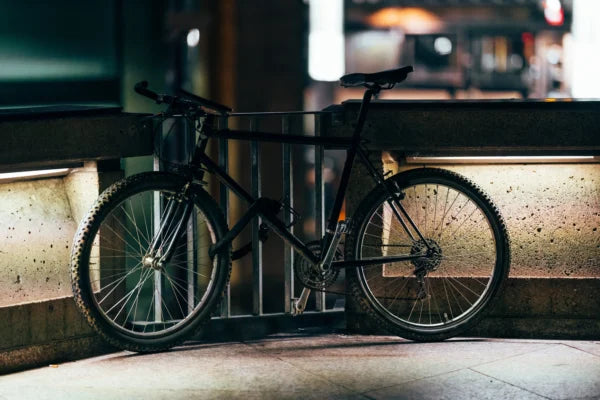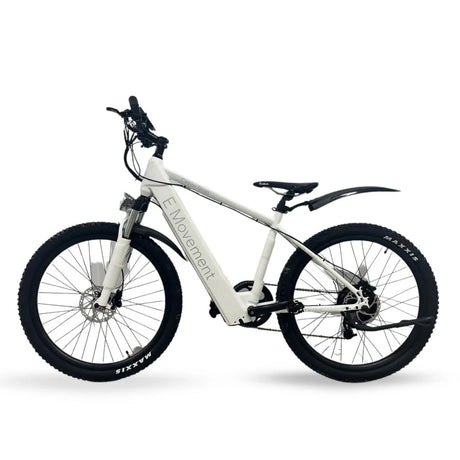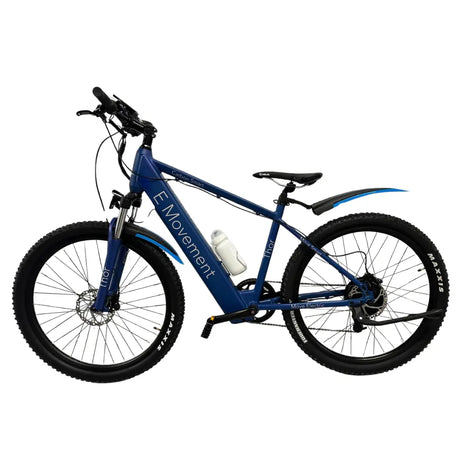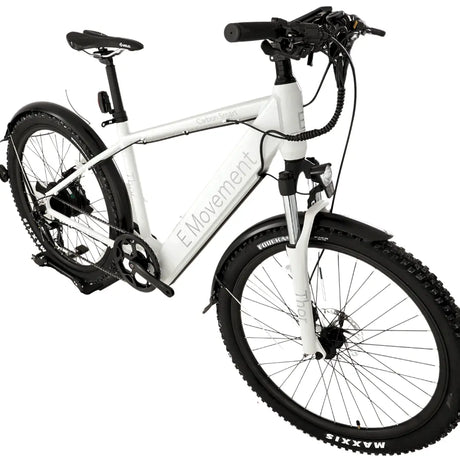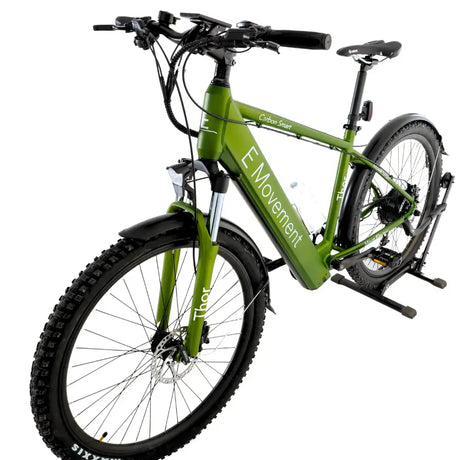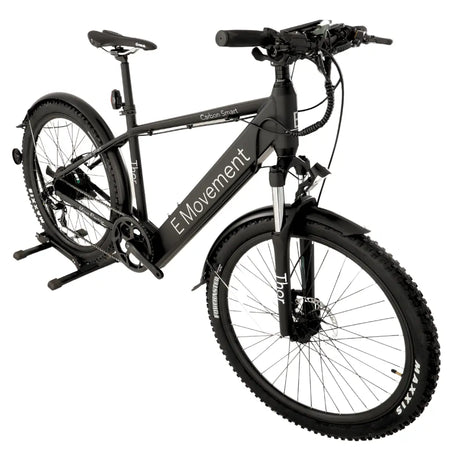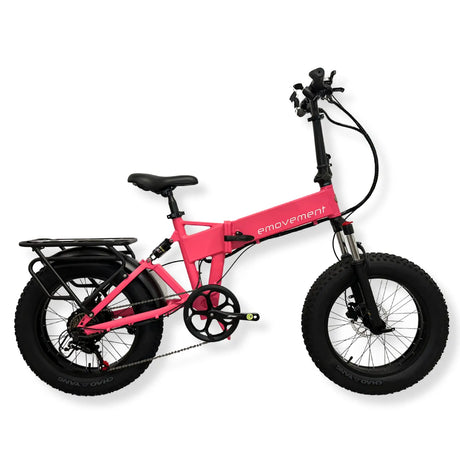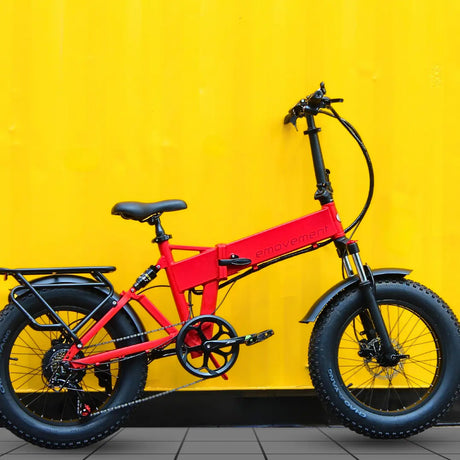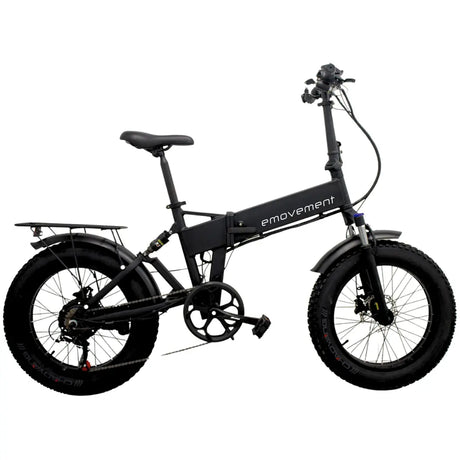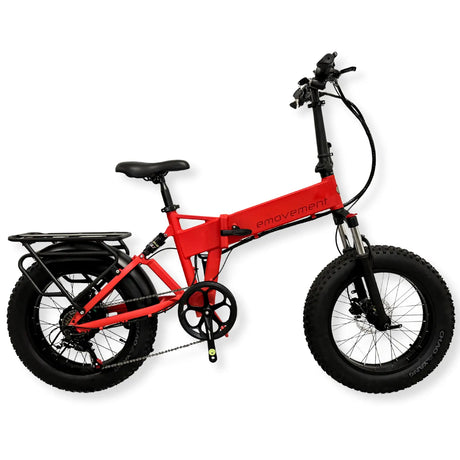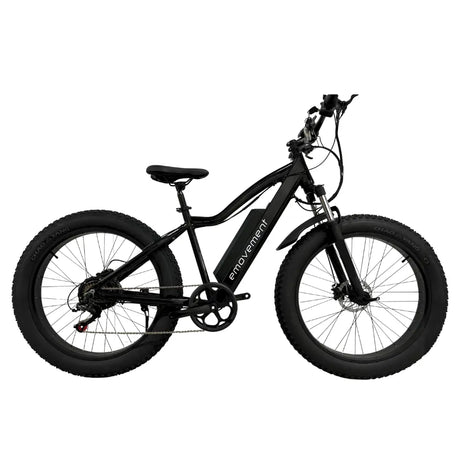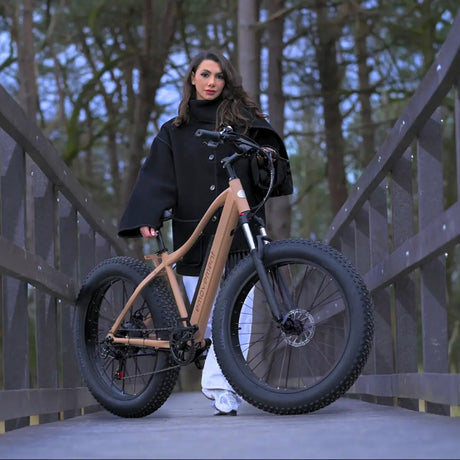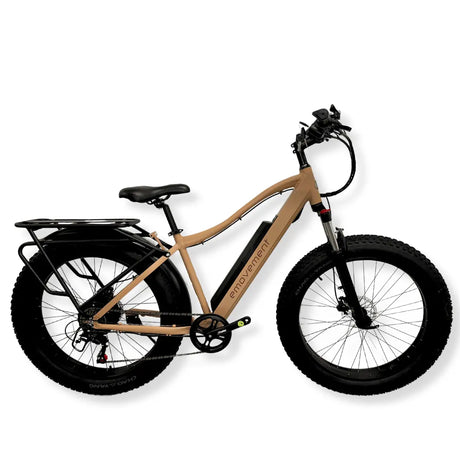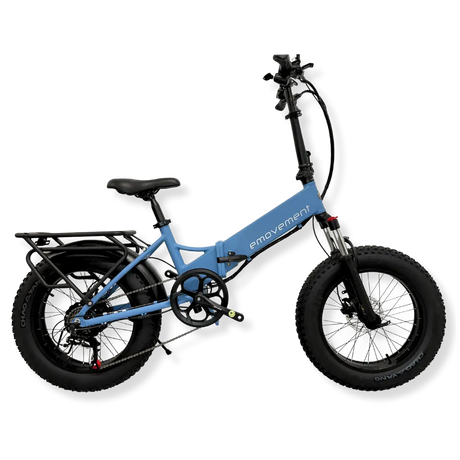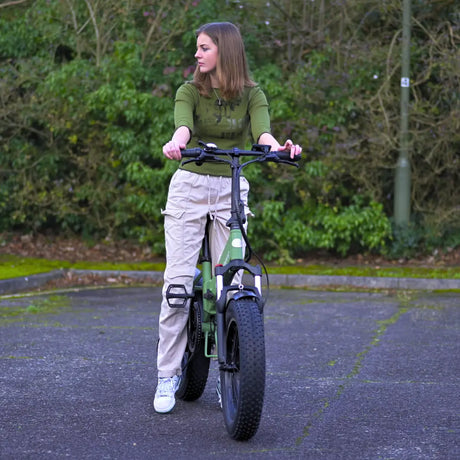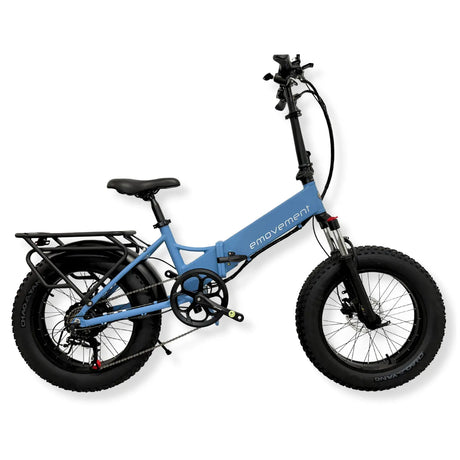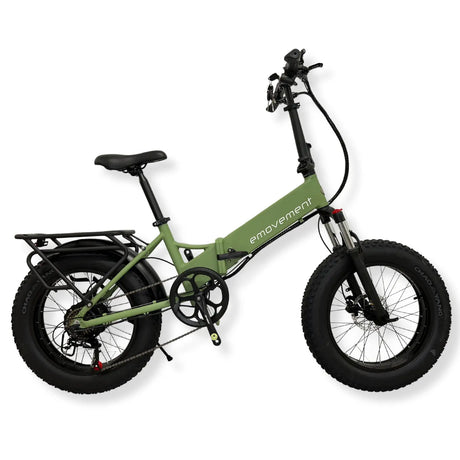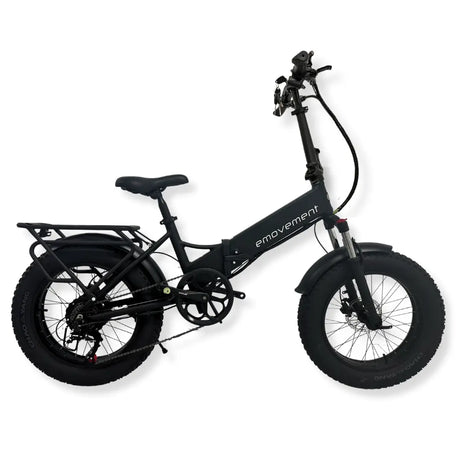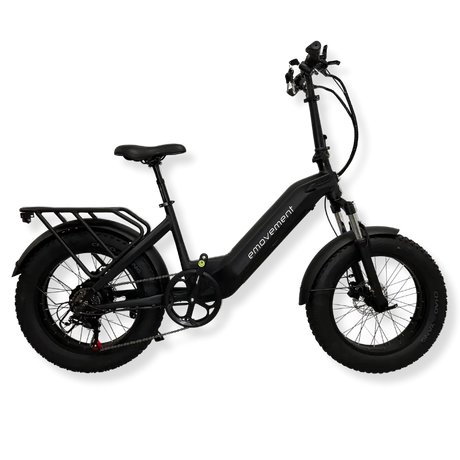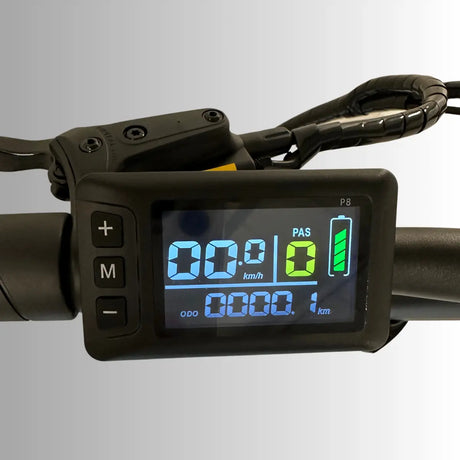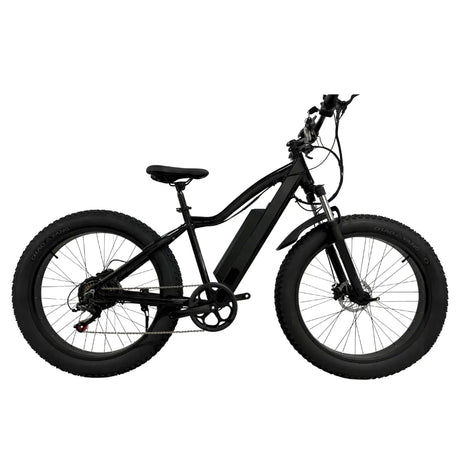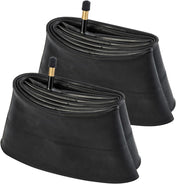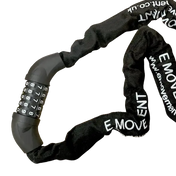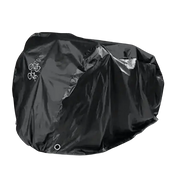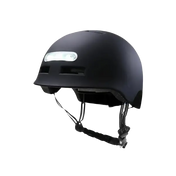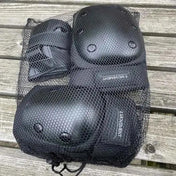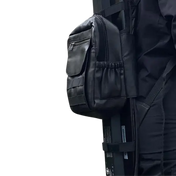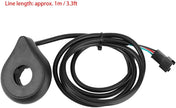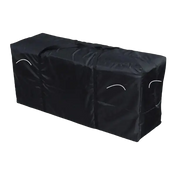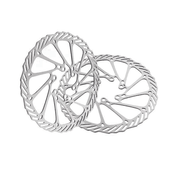In recent years, throttled electric bikes have changed the way we cycle, offering a blend of convenience and flexibility. Unlike pedal-assist bikes, which amplify your pedalling efforts, throttle e-bikes activate the motor directly – you don’t need to begin pedalling for the motor to kick in. They stand out for their immediate power engagement and cater to a wide range of cycling needs. With these bikes, you can find a balance between manual pedalling and electric assistance based on your preference and journey demands.
It’s essential to understand the specifics that govern the use of throttled electric bikes, such as battery consumption and legal regulations. Being knowledgeable about these aspects ensures a smoother, more efficient riding experience and allows riders to maximise the benefits of their vehicles. Keep reading as we explore the remarkable features integrated within these innovative bicycles and what they have to offer.
1. Understanding Throttled Electric Bikes
Throttle e-bikes have redefined traditional cycling experiences, providing riders with enhanced control, multiple speed options, and an extraordinary commuting experience.
The defining characteristic of these electric bikes is the throttle mechanism that enables riders to engage the electric motor directly and generate power without needing to pedal. In contrast to traditional electric bikes, the throttle can be activated by the turn of a key or the tap of a button, allowing riders to conquer challenging terrains, ascend steep hills, or simply cruise effortlessly. They deliver an element of versatility and adaptability in the riding experience.
2. Major Differences Between Throttled and Pedal-Assist Bikes
Although the differences between the PAS and throttle e-bike types are subtle, they Greatly influence the biking experience.
Here’s a brief rundown. For more details, check out our article on PAS vs. throttle e-bikes :
- Control Mechanism: Throttle e-bicycles offer direct motor engagement at the twist of a throttle, while pedal-assist bikes provide motor assistance depending on whether the rider is pedalling or not.
- Battery Consumption: Pedal-assist electric bikes promote more efficient energy use because the battery consumption is related to your pedalling effort. On the other hand, throttled bikes tend to consume battery more rapidly due to direct motor engagement
- Performance and Top Speed: While both bike types boast impressive performance, throttle e-bikes often reach higher speeds more quickly due to instant motor engagement. Pedal-assist bikes, however, rely on rider input, influencing the maximum speed you can reach.
- Rider Engagement and Experience: If you want a more relaxed ride with less physical effort, throttled electric bikes are the way to go. We recommend pedal-assist bikes for riders who are passionate about fitness and are looking for a more active cycling experience.
- Legal and Regulatory Differences: Variances in legal and regulatory standards apply, with throttled bikes facing more restrictions due to their powerful motor engagement than the more gently assisted pedal-assist bikes.
3. The Benefits of Throttled Electric Bikes
Exploring the benefits of throttled electric bikes reveals a transformative cycling experience, promising convenience, adaptability, and a personalised touch. Such e-bikes make powerful companions due to their impressive blend of technology and tradition:
3.1. Easier Journeys
An e-bike with throttle can transform routine journeys into delightful experiences. This is especially true if you have to navigate uphill rides or challenging terrain on a frequent basis. The assistance provided by the throttle also reduces the physical strain on you. Consequently, you get to experience a less tiring and more enjoyable commuting experience at all times.
3.2. Suitable for All Fitness Levels
The best part of opting for electric bikes with throttles is how inclusive they are, opening the world of cycling to enthusiasts of all fitness levels. They bring an adjustable and customisable riding experience so that cycling can remain accessible for everyone.
Tailored to cater to various fitness levels, these bikes ensure that every rider finds a comfortable and suitable riding mode that suits their physical condition and fitness goals. In essence, you can focus on improving your health and well-being at your own pace.
3.3. Flexibility in Riding Modes
The flexible riding modes offered by throttled electric bikes stand as a key feature of their design, ensuring that riders can fine-tune their rides and make adjustments to suit the specific needs of each journey. Typically, you can choose between throttle, pedal, or a combination of both based modes in throttle e-bikes.
4. Potential Downsides
While throttled electric bikes come with numerous benefits, they also carry certain downsides . Understanding these potential challenges is essential to making an informed decision and optimising your e-bike experience:
4.1. Battery Life Concerns
The battery is the lifeline of a throttle electric bicycle, and its maintenance and longevity are crucial aspects to consider.
Due to their instant power access, electric bikes with enabled throttles often have higher battery consumption rates and require frequent recharges. Regular care and maintenance are necessary to ensure the battery’s health, which means you have to maintain a certain level of diligence for your vehicle’s smooth operation.
Know that the batteries may require replacement over time as well, adding cost to the bike’s upkeep.
4.2. Reduced Physical Activity
Although they provide ease and convenience, the availability of motorised assistance can minimise the need for pedalling and engaging in physical exertion. In other words, you can get lazy.
Riding a throttled bike might lead to less physical engagement, potentially reducing the exercise and fitness benefits that traditional cycling has. While you can customise your motor assistance level, you may be relying more heavily on the throttle. This decreases the amount of pedalling effort put in by you.
4.3. Possible Legal Restrictions
Legal considerations are a vital aspect to explore when delving into the realm of throttled electric bikes. Due to their capacity to reach higher speeds, these bicycles might face stricter speed regulations than traditional bicycles or pedal-assist bikes. For instance, in the UK, electric bikes with throttles are classified as mopeds, so they aren’t road-legal unless licensed, taxed, and insured.
5. Making the Choice: Is Throttle Right For You?
Deciding whether an electric bike with throttle is the right fit for you will involve various factors, like commute needs, health, and legal considerations. You should tailor your e-bike choice to your unique needs and circumstances for a rewarding and efficient cycling experience:
5.1. Analysing Your Usage
To determine if a throttled electric bike aligns with your commuting preferences and requirements, carry out a detailed evaluation of your daily routes, terrains, and covered distance. In particular, you must assess the distance and the type of terrain you frequently navigate. Throttle electric bicycles are beneficial for longer distances and challenging terrains.
5.2. Fitness and Health Considerations
Consider your fitness goals and health conditions to determine whether a throttled electric bike aligns with your goals:
- Physical Fitness: If maintaining or improving physical fitness is a priority, think about how much you will engage in pedalling versus using the throttle.
- Health Conditions: For individuals with health restrictions, throttle electric bikes can generate the necessary assistance to make cycling feasible and enjoyable.
5.3. Legal Implications in Your Area
Understanding the legal frameworks and regulations in your area regarding throttle electric bikes is a crucial factor in the decision-making process. Research and determine the specific legal laws in your local area and country, such as permitted areas and speed limits. And ensure that your usage aligns with legal guidelines to avoid potential fines or restrictions.
6. Our Recommendations
Here at E-movement, we offer a wide range of throttle electric bikes with multiple pedal-assist levels, responsive fat tyres, torque sensors, and much more. And you can enable or disable the throttle at your will in them! Let’s take a look at some of our e-bikes and their distinct features:
- Panther : Ever a bestseller, Panther is a fierce, bold dual-suspension bike with fat 20-inch tires.
- Pixie : Calling lovers of Panther who prefer lower step-through frames, Pixie is great for riders of varying heights and flexibilities due to its hardtail low frame. With a disconnectable throttle and powerful battery range, you can enjoy adventures at all times.
- Raven : Our Raven will help you glide down roads effortlessly because of its special suspension seat post, low frame, and large 20Ah battery.
- Hunter Extreme : As one of our most stylish, long-range electric bikes, Hunter Extreme boasts a foldable step-through frame and three battery options (7Ah, 20Ah, 27Ah). It is great for both off-road trails and urban adventures.
- Aries : If you’re interested in a mountain electric bike that’s step-through to mount, look no further than Aries. This throttle e-bike has 27-inch tyres and a 14Ah battery to support you on challenging terrains.
- Thunder : The classic Thunder mountain bike is one of our bestsellers for a reason; it integrates remarkable specs, a thumb e-bike throttle, and fat 27-inch responsive tyres.
- Thor : Enjoy a solid grip on every terrain with this road-mountain hybrid that has parts from Bafang, SRAM, RST, and Maxxis to add to its appeal. And the best part? Thor’s frame only weighs 22 kg!
- Troy : For those seeking a straightforward road e-bike, Troy is the way to go. Not only does it include a digitally connected throttle, but it also has a lightweight, step-through frame that will transform your cycling journeys without draining your finances.
Endnote
Throttled e-bikes offer a great way to ride, making commuting easier and more flexible. They come with features that allow for a more straightforward ride, such as powerful batteries and the ability to choose how much you want to pedal. However, they also require careful consideration of battery life, physical activity levels, and local e-bike laws .
Choosing a throttled electric bike means matching the bike’s features with your daily needs and routines. It’s important to think about your commute, how much exercise you want, and the e-bike rules in your area. This way, you can pick a bicycle that suits your lifestyle and enjoy all the benefits it entails.
Frequently Asked Questions (FAQs)
1. How long does the battery last on a throttled e-bike?
The battery life of a throttle e-bike varies based on usage, terrain, and battery capacity. Generally, a fully charged battery can last anywhere from 32 to 80 kilometres when you use the throttle mode extensively.
2. Are throttled e-bikes legal everywhere?
Electric bikes with throttle are not legal everywhere. In the UK, throttle electric bicycles that can propel forward without pedalling are classified as mopeds, so you’ll have to licence, tax, and insure them if you intend to use them on the road.
3. Can I convert my pedal-assist bike to a throttled one?
It is possible to convert a pedal-assist bike to a throttled one by adding a throttle mechanism. A local electric bike technician can do the job for you. Note that this may require changing your e-bike’s display.
4. How fast can throttled electric bikes go?
Generally, these electric bikes can reach speeds up to 32-45 kph. However, The actual maximum speed may vary depending on the bike’s design, rider’s weight, and terrain. In the UK, all e-bike sellers restrict the top speeds of their ebikes to 25 km/h to comply with the law.
5. Are throttled bikes suitable for long rides?
Throttled electric bikes can be suitable for long rides, provided that the battery is sufficiently charged. Riders should also consider the terrain and their comfort and familiarity with the bike’s operation for extended periods.

